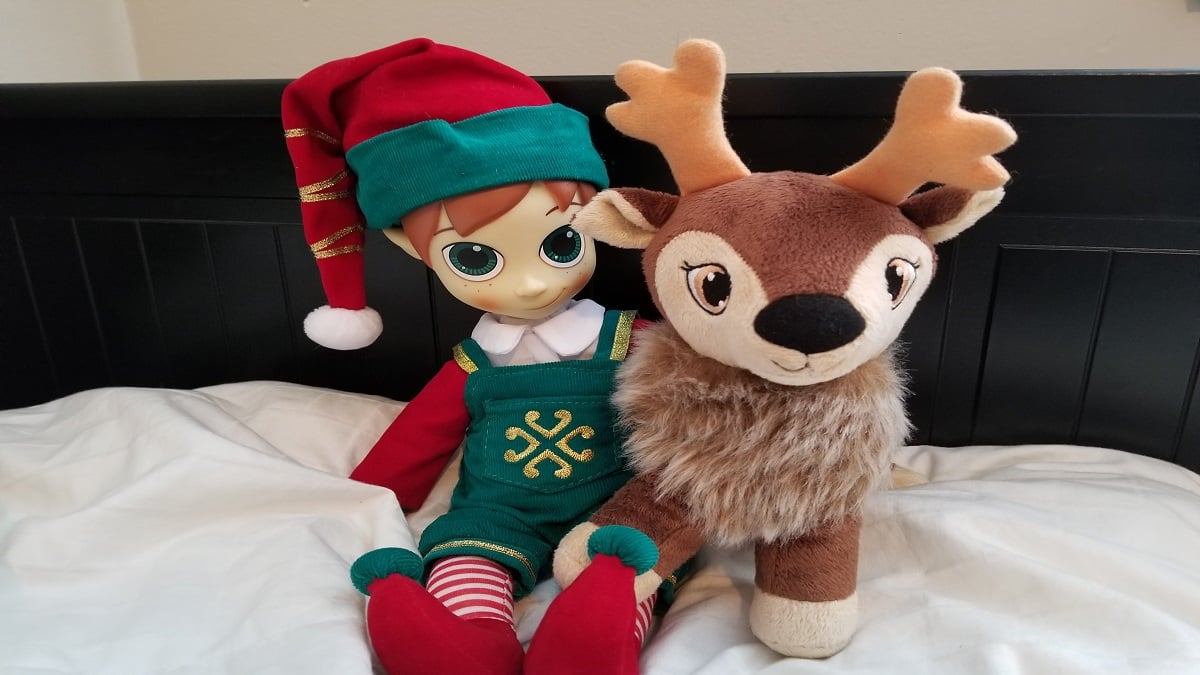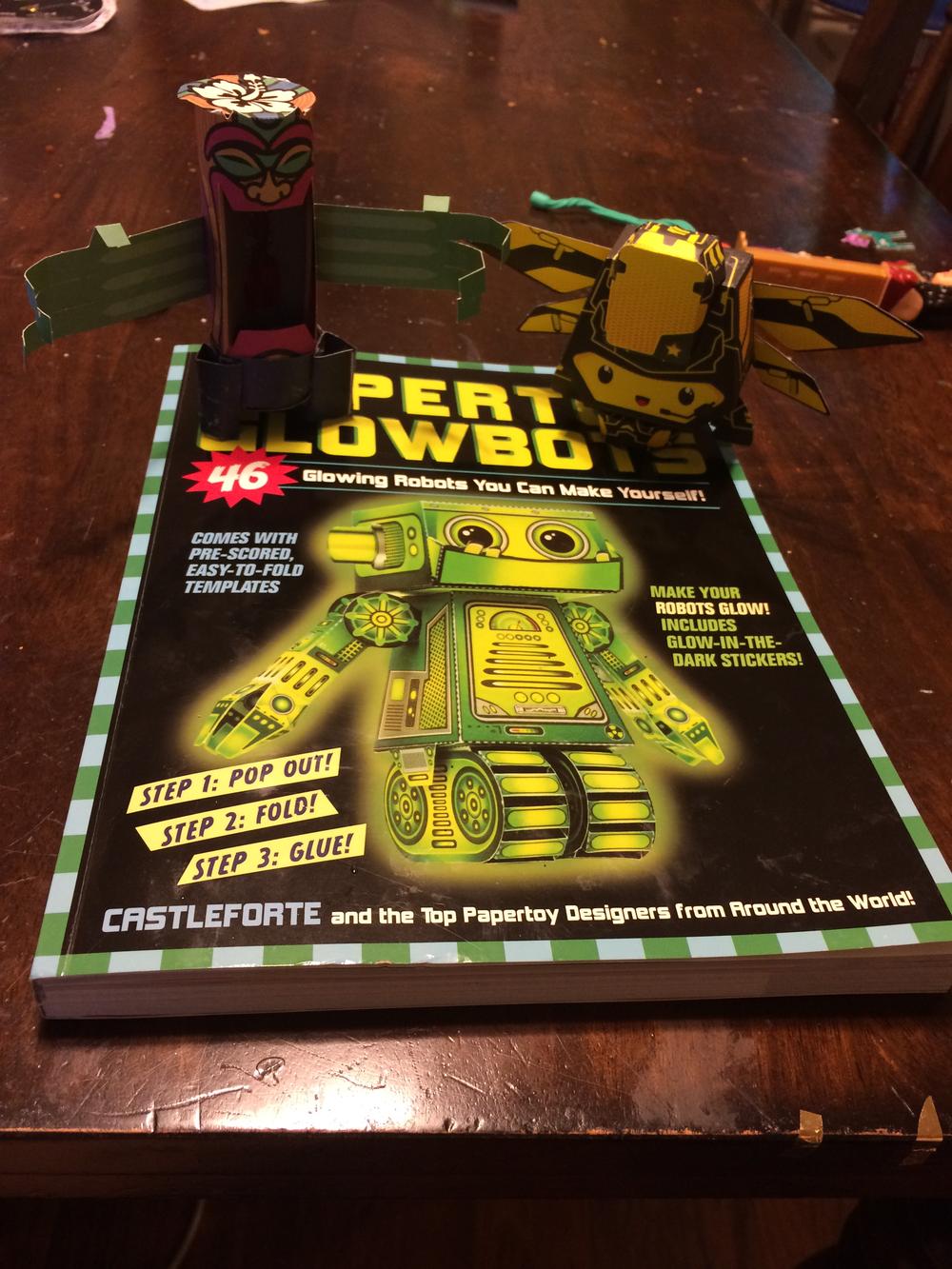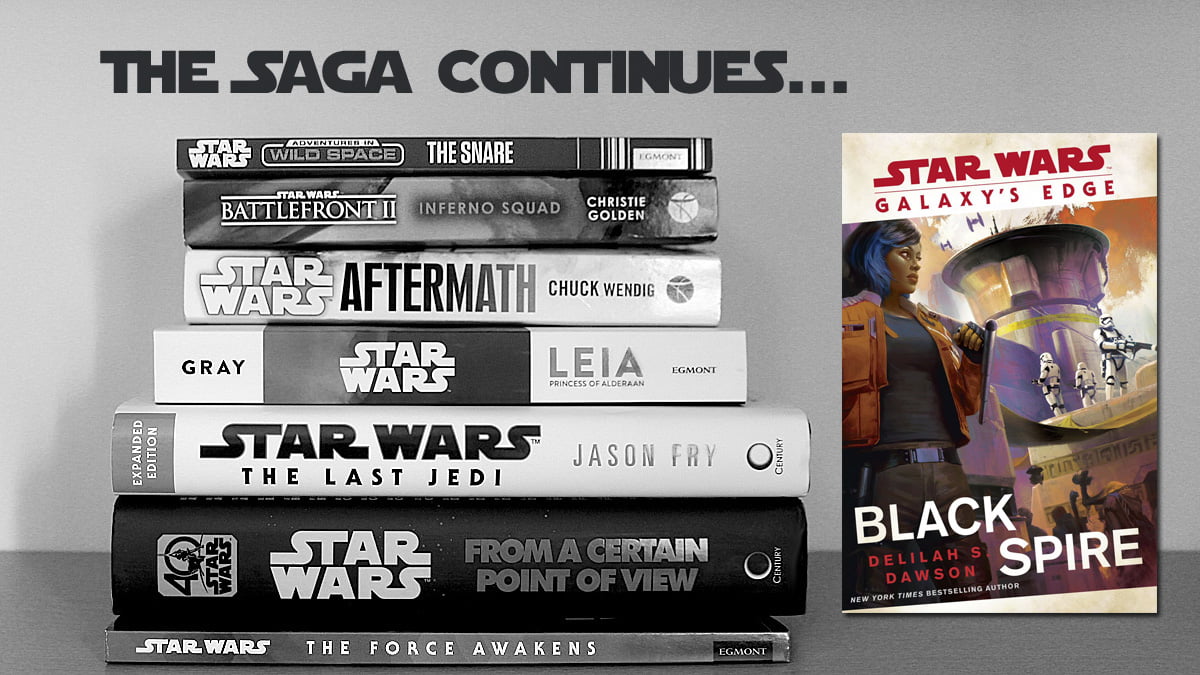
I read Me and Sam-Sam Handle the Apocalypse by Susan Vaught back in early April, and I’ve been trying to figure out how to organize my thoughts on this book since then. I live-tweeted my reading at the time but there’s a lot more to say than can fit in 280 characters, even a whole bunch of 280 characters.
So I’m the first chapter into ME AND SAM-SAM HANDLE THE APOCALYPSE and I’m liking this book so much.
To the best of my knowledge, this is not an OV book. It is about an autistic character, a girl, and her dog. I’m not sure where the apocalypse is yet, but we have time.
— Kay Made A Patreon Page (@KTildenFrost) April 2, 2019
https://platform.twitter.com/widgets.js
So let’s start with an overall statement about the book, and then a couple of content notes.

Statement: The book is really excellent, and all the dogs are fine.
Content notes: The POV character expresses ableist statements that need to be corrected by those around her. There are characters who are struggling with recovery from drug addiction. There is clear and persistent bullying, both between peers and, in one graphic and upsetting scene, between a teacher and a student. The narrative is absolutely 100% clear that this is not acceptable, and responsible adults stop what’s happening, but it was a very, very difficult scene to read.
From the back of the book:
When the cops show up at Jesse’s house and arrest her dad, she figures out in a hurry that he’s the #1 suspect in the missing library fund money case. With the help of her (first and only) friend Springer, she rounds up suspects (leading to a nasty confrontation with three notorious school bullies) and asks a lot of questions. But she can’t shake the feeling that she isn’t exactly cut out for being a crime-solving hero. Jesse has a neuro-processing disorder, which means that she’s “on the spectrum or whatever.” As she explains it, “I get stuck on lots of stuff, like words and phrases and numbers and smells and pictures and song lines and what time stuff is supposed to happen.” But when a tornado strikes her small town, Jesse is given the opportunity to show what she’s really made of—and help her dad.
As I read through Me and Sam-Sam, I used Post-it notes to mark places that I found particularly demonstrative, or that I thought I might want to highlight in an eventual review. The first quarter of the book is absolutely crammed with notes about how Jesse experiences sensory issues the same way I do, and how calming tactics let her reduce her stress and get through rough situations, and how she’s funny and understands metaphor and is just absolutely loved as who she is by those around her. As I moved through the book, those moments were so common that I stopped noting them, unless something extraordinary happened. The representation was just that good.
This is an excellent book
But before I dive too far into autistic representation—which is a crucial part of why this book is important to me personally—I want to be clear: this book is a fantastic read. I’d give it to a kid who was somewhere between 10 and 12 years old; while an 8 year old could probably read it, the emotional content (dad in jail, severe danger to close family, light discussion of drug addiction, abusive scene) would at the bare minimum require a lot of discussion, and might be too much for some kids.
Me and Sam-Sam is the story of Jesse, her dad, her mom (who is overseas), her friend Springer, her Aunt Gus (who lives with her and her dad), some bullies at school, and a bunch of dogs. It’s mostly told in the present, as events occur, but we do get some small skips forward in time to the actual apocalypse. The event itself takes up the last few chapters of the book. Most of the book, however, is about Jesse and her day-to-day life. She’s dealing with bullies at school, she’s making friends with Springer, and she’s trying to teach her dog, Sam-Sam, to sniff out bombs. Her mother is a soldier, overseas, and Jesse Skypes with her regularly. After her father’s arrest, Jesse and Springer spend most of their time trying to solve the mystery of who stole the money from the library fund.
The book is exciting, fun, and emotional by turns. It keeps the reader engaged, has logical plot twists and turns, and has a satisfying conclusion that also makes sense. I absolutely loved this book, beginning to end, and would have adored it if it were about an allistic (not autistic) kid.
All of that said, Jesse’s autism is baked into the story. A story could unfold like this one with an allistic main character, but it wouldn’t be Jesse’s story. Her autism is never tacked onto the narrative as a way to garner “diversity points” or some weird thing like that; she’s just an autistic character, moving through the world and living this story.
Let’s talk about autism
In the opening scene of the book, Jesse is starting a fire in the backyard fire pit. She’s burning something fabric, but we don’t know what at first. Her Aunt Gus and Dad find her—and quickly figure out that she’s burning the tank tops her father got her and tried to force her to wear even though they were too itchy for her.
Seriously, reading that, and the way the scene was handled, I knew I was in good hands with Susan Vaught.
I could spend a couple thousand words flapping my way through everything amazing about this book, but let’s try and narrow that down to a few particular details.
Touch coming
As an autistic person, sensory input can be hard; unanticipated sensory input can be awful. The ability to handle touch varies from person to person (and situation to situation and day to day within each person). Jesse seems to be particularly sensitive to touch; her family has created the adaptation of saying “touch coming,” before touching Jesse. Even in the opening scenes of the book, when Jesse is having a full meltdown at the sight of her father in handcuffs, Aunt Gus warns “touch coming” before grabbing Jesse to try and keep her safe from the police.
But what’s really magical about this is later in the book, when Jesse has to reach out to Aunt Gus. She says “touch coming,” to Aunt Gus before giving her a hug. The fact that the entire family uses this tool to support each other is pretty impressive. In my family, once we started adapting to support one person’s needs, we would often find that all of us benefited from the same support. It was pretty exciting to see that represented.
The girl is diagnosed, the boy isn’t
The classic picture of autism is a white boy who is either a “little professor” or someone with savant syndrome. Me and Sam-Sam pushes back hard on that stereotype. Jesse has an autism diagnosis which (appears to be) formal, based on how she talks about “being on the spectrum or whatever.” Jesse is still white, which isn’t enough push back—it is generally agreed that while being a girl (assigned female at birth) is a significant barrier to an autism diagnosis, being poor or a person of color is an even more significant barrier. I’m happy to have two books for middle-grade kids that are autistic characters written by autistic authors. We need more books about kids who aren’t white.
Back from my digression. Jesse meets Springer, a new kid at school who lives just on the other side of the pond from her. She and Springer connect instantly, and we start to see how many of the tools Jesse uses—a weighted blanket, a rocking chair—are helpful for Springer as well. Seeing these similarities, Springer says, “Maybe I’m on the spectrum, too.” Jesse answers, “Who cares?”
Who does care?
This was one of the moments where I did have a significant problem with the book. I grew up without a diagnosis, only realizing my autism when my daughter was diagnosed, and I was about 36 years old. If I had been able to spend thirty-plus years working with my neurology instead of being convinced I was broken and needed to be fixed, then I would be a healthier person today. So I care if Springer is autistic; I care very much.
I think what the author was trying to get at was that Jesse doesn’t care whether or not Springer is autistic; it doesn’t affect whether or not she wants to be friends with him. This idea, I support very much. But the idea that it doesn’t matter if someone is autistic in general, or the idea that “everyone’s on the spectrum somewhere,” makes it more difficult for people to get the support they need. For example, I often do not appear autistic. I “pass” or mask or use an On persona often enough that people assume I’m allistic. But I am a healthier, happier person when I can fidget and flap, when I don’t try to hide aphasia or excuse my lack of proprioception as “just clumsy.”
When we care about someone’s autism—or any other neurodivergent brain type—we care about making sure they get what they need to have an equal opportunity to participate in society. So, yeah, I care whether or not Springer is autistic.
Jesse’s emotional life
Too often, autistic people are portrayed as unemotional, unable to read others’ emotions, and unable to understand humor. Jesse is very emotional, has learned to read others’ emotions (though she does struggle sometimes), and is quite funny. Her family knows all of these things about her, and trusts that they’re true and real. No one demands that she does better, although her father is sometimes less understanding than her mom or Aunt Gus. He tells her that the world won’t reshape itself around her, and demonstrates that he worries about her ability to take care of herself in a way that, in one case, is really quite crappy.
But all in all, Jesse has secure emotional attachments to the people she loves. I can’t tell you how good that was to see.
There’s no pity in this book
This book definitely has an apocalypse. There is a total disaster, and it’s up to Jesse and Sam-Sam to save the day. They have the ability to do what no one else can. It’s not because of Jesse’s autism; it’s because Sam-Sam has a skill that is useful, and that Jesse has accidentally trained him to use it. Handling the apocalypse is a pretty big job, but Jesse and Sam-Sam are up to the task.
An attempt at a conclusion
Here’s the biggest thing I have to say about Me and Sam-Sam Handle the Apocalypse: I now have two middle-grade books dealing with autism that I’m willing to recommend. Two. I really need you to think about that for a moment before you keep reading. (The other book is The Someday Birds. The Real Boy is a fantasy novel that is clearly about an autistic character, and is well written in that context, but doesn’t say the word autistic, so I’m not counting it for these purposes.) And, for awesome fun bonus points, the author of Me and Sam-Sam Handle the Apocalypse self-identifies as autistic. This means that both of the books I can recommend were written by autistic authors.
I really don’t even know how to explain how much that means in a world where autistic people are so often talked over, around and through, but so rarely talked to. I do know that I have twice as many books to recommend for young readers with autistic main characters as I did before reading Me and Sam-Sam Handle the Apocalypse. I’m glad that this book is here; I’m ready for there to be more.
An advanced reader copy of this book was provided to me for review purposes.



